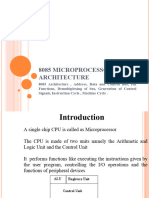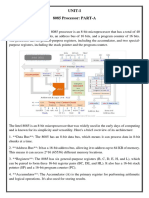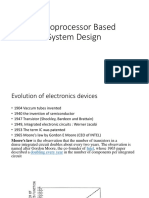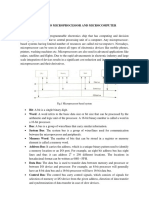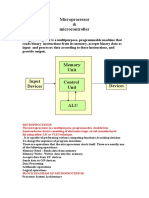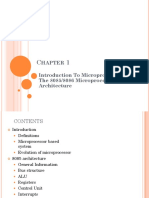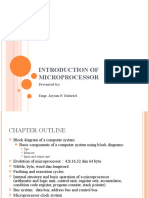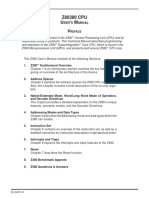0% found this document useful (0 votes)
9 views3 pages8085 Microprocessor
Uploaded by
tamim.thasin.cseCopyright
© © All Rights Reserved
We take content rights seriously. If you suspect this is your content, claim it here.
Available Formats
Download as PDF, TXT or read online on Scribd
0% found this document useful (0 votes)
9 views3 pages8085 Microprocessor
Uploaded by
tamim.thasin.cseCopyright
© © All Rights Reserved
We take content rights seriously. If you suspect this is your content, claim it here.
Available Formats
Download as PDF, TXT or read online on Scribd
/ 3












